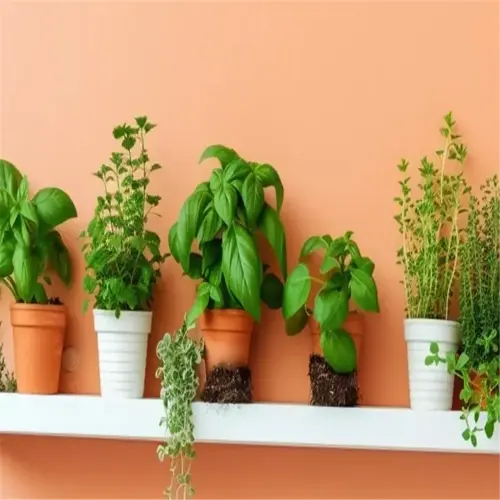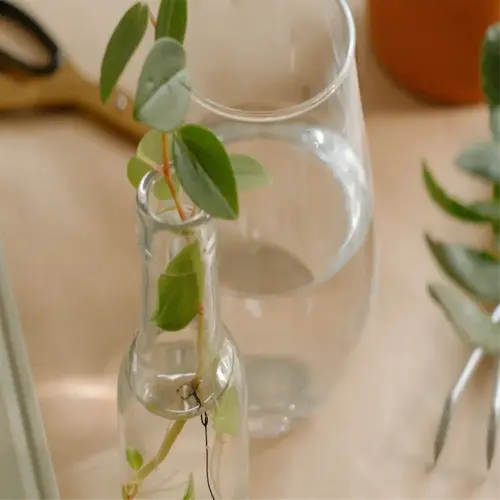What is the most cost-effective ground cover for shade?

Written by
Benjamin Miller
Reviewed by
Prof. Martin Thorne, Ph.D.Plants that function as ground cover shade plants can be a budget-friendly option for those problematic areas around the home where little or nothing may grow! For example, I took a client's rugged slope that was covered in moss and transformed it with divisions they provided from their existing patch. Although these were free plants, they were able to suppress the weeds growing amongst them in no time. For dry shade areas, Viola labradorica seeds itself profusely, which has reduced their replanting overall for the species!
Budget-Friendly Plants
- Galium odoratum: Propagate via $5 nursery pots divided into 10 sections
- Chrysogonum virginianum: Share divisions with gardening clubs for free swaps
- Viola labradorica: Collect seeds annually to expand coverage at no cost
Propagation Hacks
- Divide perennials in early spring for maximum survival rates
- Use cardboard mulch to suppress weeds while establishing plants
- Layer stems of Vinca minor for instant free cuttings (caution: invasive in some regions)
Soil prep reduces costs over the long haul. Under the pines, I amended the soil using the free compost from the municipality, and the Galium is now thriving without any fertilizer. For Chrysogonum, adding sand to the clay dramatically improved drainage, saving on root rot losses. A smart soil prep beats an endless replacement.
The design approach I take involves frugality. I gauge client paths with seedlings of Viola labradorica, that self-propagate between pavers. Then there is a patio area bordered by starry flowers of Galium, which pair organically with white edges of Hostas. Frugal cohesion, without annuals. The idea with all of this is to strategically locate the plants to maximize the visual impact for the dollar spent.
Beware of false economy. Invasive Vinca minor may seem inexpensive, but it will require labor to contain it. Asarum canadense spreads politely while providing free pest deterrence. A client switched to native plants and saved $300 annually in pesticide costs. This evidence shows that true value becomes apparent when the ecological value is considered next to the economic value.
Read the full article: 10 Best Ground Cover Shade Plants

